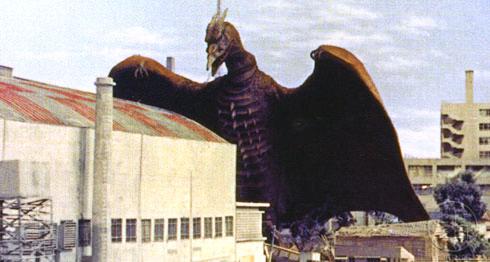Macro Monsters – by Jimmy Underwood
I have the pleasure of continuing Macro Monsters, a popular Scaretube theme.
The 1950s and early 1960s marked a significant era in cinema with the emergence of kaiju and giant monster films, reflecting societal anxieties of the time. Notable among these are Godzilla (1954), Rodan (1956), The Beast from 20,000 Fathoms (1953), and Gorgo (1961). Each film offers a unique narrative while collectively embodying the genre’s thematic depth and innovation.
Godzilla (1954) stands as a seminal work in the kaiju genre. Directed by Ishirō Honda, the film introduces Godzilla, a prehistoric sea creature awakened and empowered by nuclear testing. The monster’s devastating rampage through Tokyo serves as a poignant metaphor for the horrors of nuclear warfare, resonating deeply with post-war Japanese audiences. This allegorical approach not only set a precedent for monster films but also underscored the genre’s capacity to address profound societal issues.
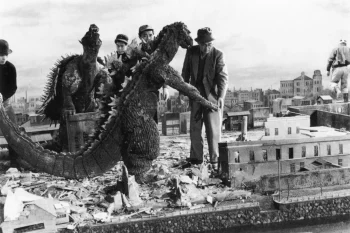
Following this, Rodan (1956), also directed by Honda, expands the kaiju universe by introducing Rodan, a colossal pterosaur-like creature. The narrative unfolds in a mining village plagued by mysterious deaths, later revealed to be the work of giant prehistoric insects called Meganulon. The emergence of Rodan from its subterranean nest escalates the threat, leading to widespread destruction. Notably, Rodan was Toho’s first kaiju film produced in color, enhancing the visual spectacle and solidifying its place in monster movie history.
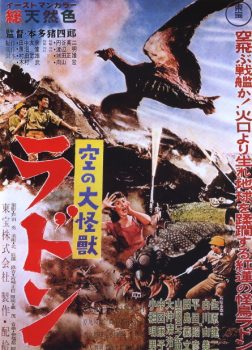
Preceding these Japanese classics, The Beast from 20,000 Fathoms (1953), directed by Eugène Lourié, is often credited with inspiring the kaiju genre. The film features a prehistoric Rhedosaurus awakened by Arctic nuclear tests, which then makes its way to New York City, leaving a trail of destruction. This narrative introduced the trope of nuclear experimentation unleashing ancient monsters, a theme that would become central to subsequent films in the genre.
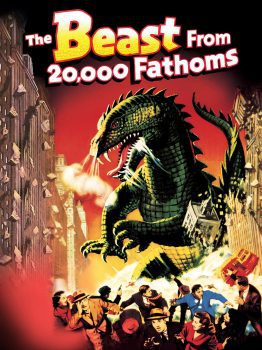
In a similar vein, Gorgo (1961), another of Lourié’s creations, presents a narrative where greed and exploitation lead to unforeseen consequences. The film follows sailors who capture a giant sea creature off the Irish coast and bring it to London for public exhibition. Unbeknownst to them, this creature is a juvenile, and its gargantuan mother soon arrives, wreaking havoc in a desperate bid to retrieve her offspring. This storyline not only delivers thrilling monster action but also critiques human tendencies to exploit nature without considering potential repercussions.
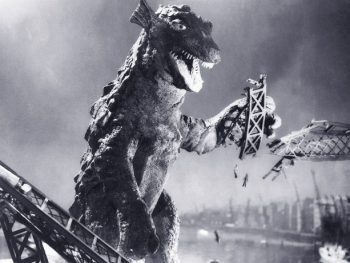
Collectively, these films encapsulate the essence of the kaiju and giant monster genres. They intertwine spectacular creature features with underlying commentaries on human hubris, the perils of unchecked scientific advancement, and the anxieties of the nuclear age. Their enduring legacy is evident in the continued popularity of monster movies and the lasting impact they’ve had on filmmakers worldwide.
Jimmy Underwood is new writer to Scarertube. He specializes in Horror and Monster themes.


